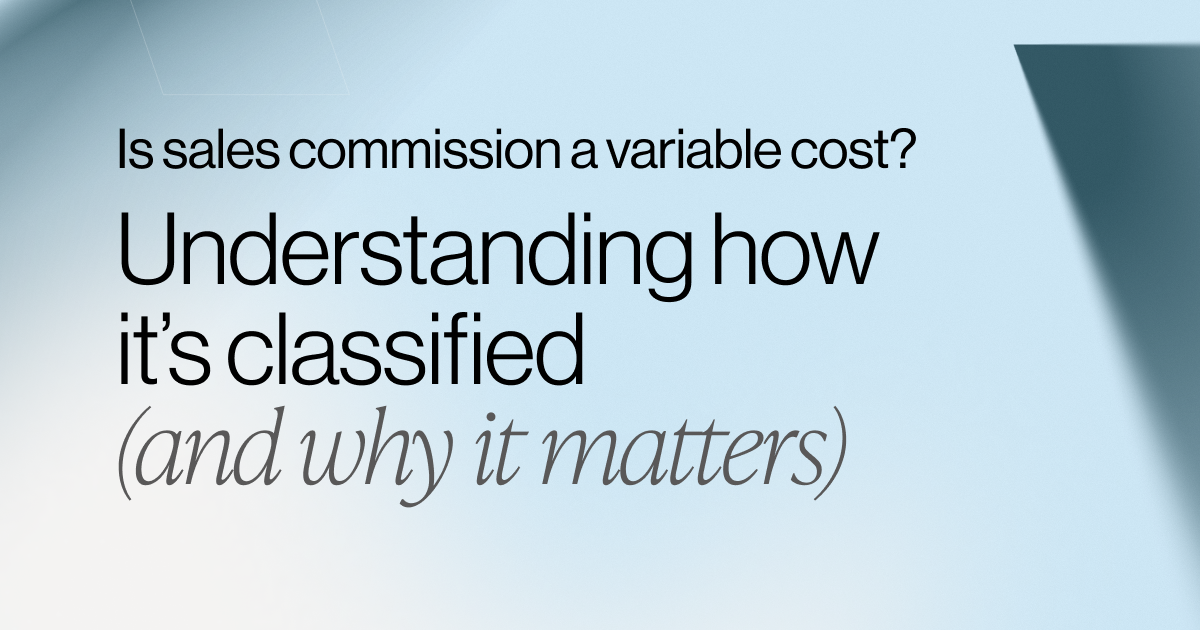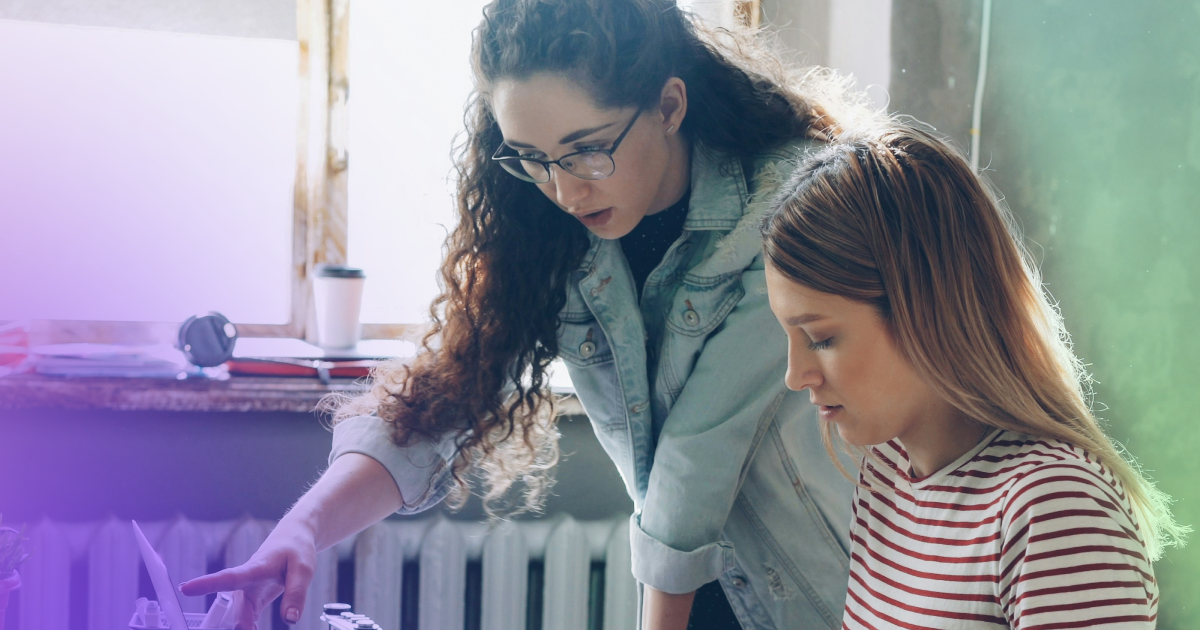What are Hold and Release Commission Payments?
Mark Roberge was the fourth employee hired at Hubspot. Although he had been an engineer, he was tasked with establishing and growing the sales team. Despite his initial reservations about running a sales team, Roberge successfully led Hubspot’s sales team to acquire more than 10,000 customers in over 60 countries.
One of Roberge’s biggest takeaways is the importance of immediacy in commissions payments. He writes,
When salespeople succeed, they should see it reflected in their paychecks immediately. When they fail, they should feel the pain in their paychecks immediately. Any delay between good (or bad) behavior and the related financial outcome will decrease the impact of the plan.
But life is complicated...
We believe in the power of immediacy. However, complications arise when there are different definitions of what “success” means for a sales rep.
When salespeople succeed, they should see it reflected in their paychecks immediately.
But, immediately after WHAT? Immediately after a customer signs an annual contract? Immediately after your finance team sends an invoice to the customer? Immediately after the customer makes their first payment? What if the sales rep closes the contract, gets the commission, but the customer fails to pay their invoice?
To safeguard against the above situation, companies often implement clawbacks. However, an increasingly popular alternative to the immediate payment and clawback approach is the hold and release approach. With the hold and release approach, companies are able to reap the benefits of immediately rewarding their sales reps while also ensuring that they are making commissions payments in a way that protects cash flows.
Hold and Release: An Alternative to Immediate Payment & Clawback
One solution that can help you achieve a balance between when sales reps are rewarded and when commissions payments are made is the hold and release method.
Under hold and release, a rep still earns a commission when the contract is closed, but the payout timing is held until a customer reaches a certain point in the quote-to-cash cycle. Most commonly, the commission is released proportionate to customer payment, but occasionally upon customer invoicing or some other event.
The hold and release method balances immediately rewarding your sales team with increased fiscal responsibility by aligning the timing of cash outflows for commissions with cash inflows from customers’ contracts. Some advantages of this approach include:
- Immediately showing sales reps how much money will hit their paycheck when the sale is fully realized,
- Avoiding the complexity of clawing back commissions due to customer non-payment,
- Better managing cash balances for future commissions payments,
- Incentivizing your sales reps to maintain customer relationships through the completion of the sales cycle (e.g., the customer payment)
When it makes sense
For some companies, the benefits of hold and release may not outweigh its primary disadvantages. What’s harder about hold and release? While earned commissions can be communicated immediately to sales reps, the actual cash payouts to reps often will be delayed while held for customer payment. This may loosen the tight correlation between performance and payment that Roberge promotes.
Hold and release plans also add calculation complexity, because you must, first, calculate the commission, and then, second, consider the timing of its release. This means that you need to add payment data to commissions calculations, and this data often has a different source than sales data.
For companies with smaller annual contracts and commissions payments that do not significantly impact cash flow, hold and release may not be necessary. Immediate commissions payouts may be a more appropriate solution given the faster pace at which your sales team is likely moving.
However, for larger companies that deal with sizable annual contracts and commissions payouts that can cause a significant dent in cash flow, it may make more sense to implement hold and release.
Create a Scalable Compensation Plan
As your company grows, it’s important to have tools in place that can grow and evolve with you. With CaptivateIQ, you can start out with a straightforward commissions payouts plan and add complexity as you grow — that could be in the form of hold and release, tiered payments, or bi-annual spiffs.
If you’re curious to learn about how CaptivateIQ can help you implement new commissions strategies over time, reach out to us by requesting a demo of our product. We'd love to help.
.svg)








